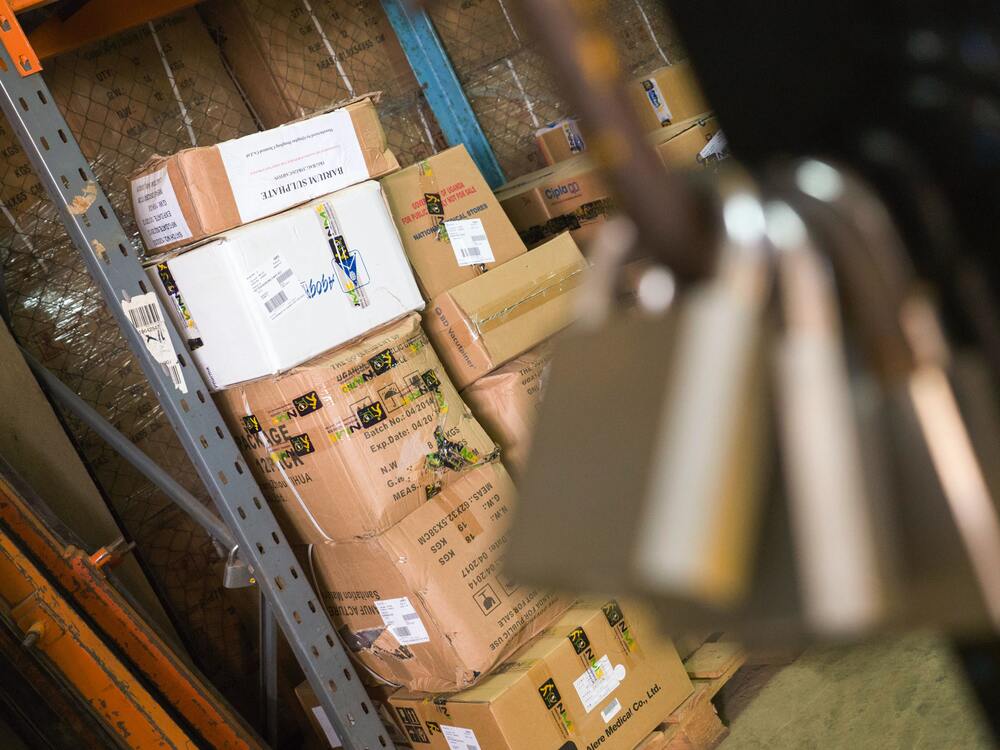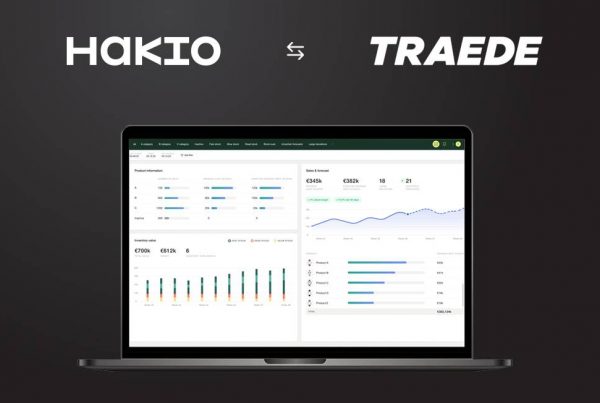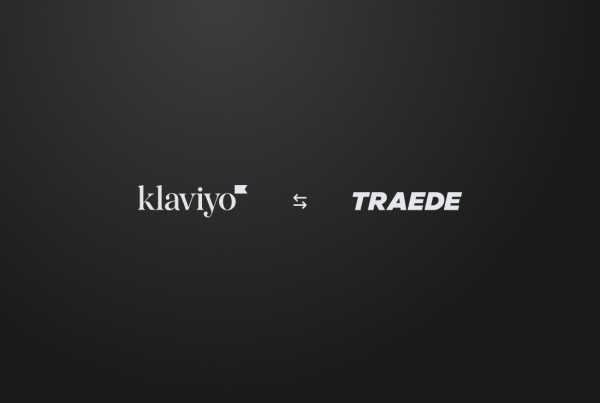Wholesale refers to two possible business models. A business may buy goods in large quantities directly from manufacturers, warehouse them, and resell them. Or wholesale may refer to businesses that produce their own products and sell them directly to retailers, who then sell products to the end user.
There are typically three important chains when talking wholesale and the distribution of goods. Those are distributor, wholesaler and retailer. A distributor is an independent agent who has the right to sell products from a manufacturer (typically a brand) to either retailers or wholesalers who then take care of the rest of the product journey to reach the end-consumer. A wholesaler is sort of a middleman that sits between the distributor and the retailer. Some wholesalers specify in certain types of products say women’s shoes only. Other wholesalers do not stick to one product but have a wide range of products for retailers in different industries. A retailer is buying in large quantities and sells directly to end-consumers for a profit. Hence it is very important for a retailer to find the right wholesaler and distributor to create good agreements and secure affordable and profitable prices for the retailer. Often times retailers make a profit by purchasing products from wholesalers that are trending for the right price and in the right quantities. Then the retailer can make sure to be able to sell the products at a relatively higher price and get their costs covered while still making a profit.
Another trend we see within the industry is something labelled as DNVB’s (Digitally Native Vertical Brands). In its core it is a digital native business that originally began by selling their product or service online, hence digital native. As a contrast we have brick and mortar businesses that started with a physical store later followed by an online presence and store. But even though a DNVB started as a digital business it doesn’t mean that they cannot have a physical store later at some point. Oftentimes we see that they support their digital business with a physical store almost acting as a showroom. These DNVB’s often don’t own their own factories but find manufacturers for their products. A vertically integrated brand would control way more levels of their value chain such as production sites etc. The buying process starts out as direct-to-consumer and the company could continue this buying process throughout their lifetime. Sometimes they also find distributors or retailers to take care of markets for them.


